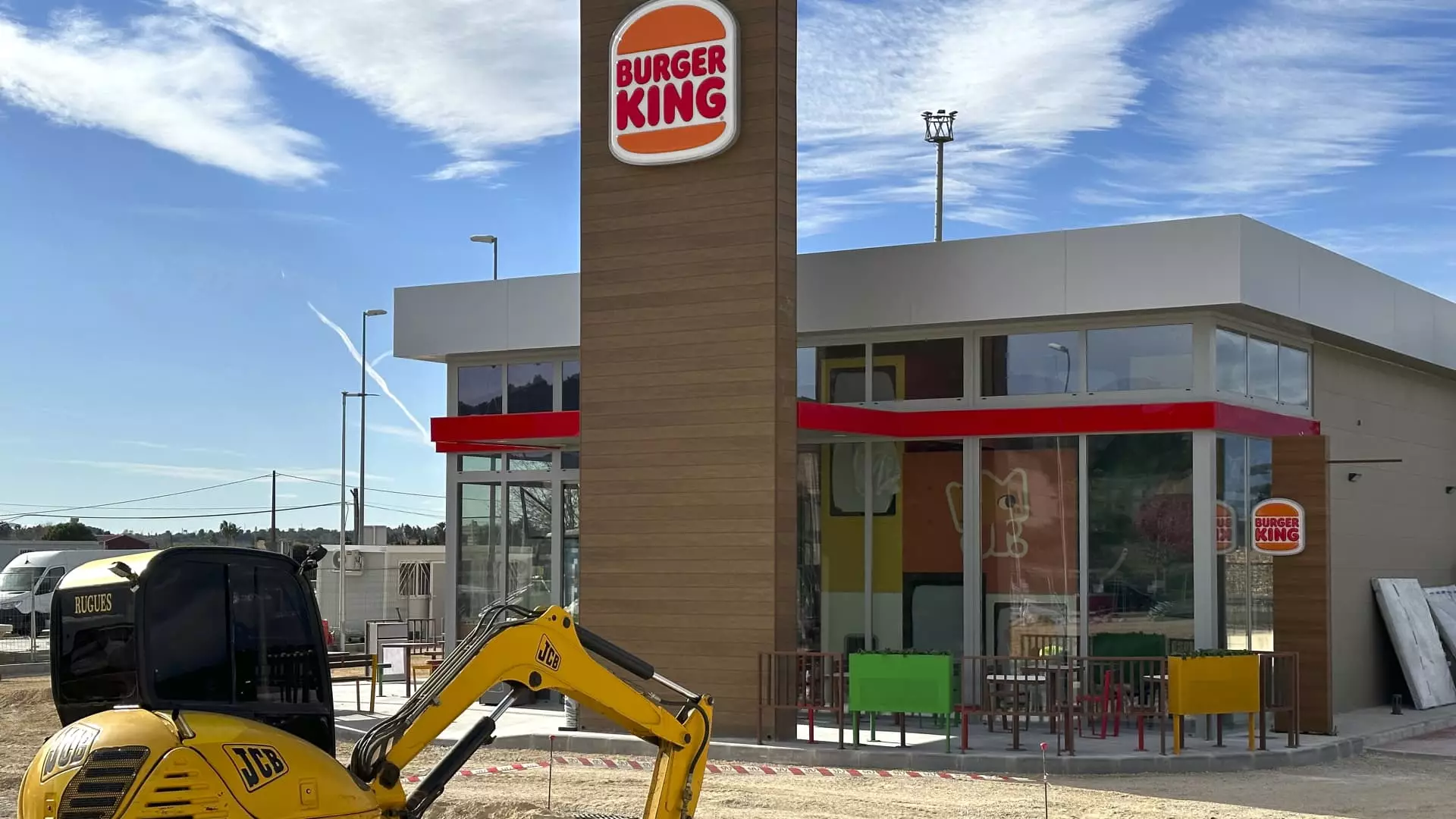In the latest quarterly results, Restaurant Brands International (RBI) appeared to struggle against the expectations set by analysts. The company, which oversees popular chains such as Burger King, Popeyes, Firehouse Subs, and Tim Hortons, reported earnings and revenues that fell below consensus estimates. As the dynamics of the fast-food market shift, RBI is left to navigate through disappointing figures that highlight potential operational issues and the broader economic environment affecting consumer spending.
For the third quarter, RBI announced adjusted earnings per share of 93 cents, falling short of the anticipated 95 cents. Revenue also missed expectations, coming in at $2.29 billion against a forecast of $2.31 billion. This led to a global same-store sales increase of only 0.3% during the quarter, underscoring the struggles that its key brands faced in the domestic market. The disappointing results prompt a closer examination of the strategies employed across its various chains, particularly against the backdrop of rising costs and shifting consumer preferences.
A look into the performance of RBI’s individual chains reveals a troubling trend. Burger King, a staple of the fast-food industry, experienced a 0.7% decline in same-store sales, contrary to expectations of flat growth. This shortfall illustrates the ongoing challenges in reviving consumer interest in the brand amidst fierce competition and a slowing dining-out trend. Similar concerns were echoed by Popeyes, whose same-store sales plummeted by an unexpected 4%, whereas analysts had predicted a slight gain. Efforts to introduce value-oriented promotions, like the three-piece chicken deal, seem to have fallen flat as customers opt for more attractive deals elsewhere.
Firehouse Subs, the newest addition to RBI’s portfolio, fared even worse, with a staggering 4.8% decline against expectations of merely a 0.4% decrease. This raises questions regarding the integration strategy of the subs chain and highlights the challenges of turning around a smaller brand within a larger conglomerate. On a slightly brighter note, Tim Hortons managed a 2.3% growth in same-store sales, though it fell short of the projected 4.1%. Kobza’s remarks regarding the improvement in speed and customer traffic serve as a modest victory but reveal persistent hurdles in meeting market expectations.
While the third quarter brought disappointing figures, RBI’s CEO Josh Kobza offered a glimmer of hope regarding improvements in the fourth quarter. He cited positive low-single-digit same-store sales as an improvement over the previous quarter, attributing the upswing to effective marketing initiatives and a gradual lift in consumer sentiment within the U.S. economy. Notably, the reduction in gas prices and the stabilization of inflation rates could signal a more favorable environment for consumer spending, but this remains speculative in the volatile fast-food market.
Kobza’s optimistic outlook stands juxtaposed with the ongoing “value wars” among fast-food players battling for a share of a discerning consumer base. As economic conditions evolve, RBI will need to bolster its marketing strategies across all chains, maintain competitive pricing, and enhance the customer experience to reclaim market share.
To recover from this quarter’s shortcomings, Restaurant Brands International must undertake a thorough analysis of its brands’ performances and reassess its market strategies. The need for more robust promotional campaigns and the possible reevaluation of menu offerings cannot be overstated. Furthermore, as consumers consistently look for value, establishing a balance between quality and price offerings will be crucial.
Overall, while Q3 results were disappointing, they serve as a crucial learning opportunity for RBI as it strives to enhance its operational efficiency, deepen customer engagement, and navigate the complexities of the competitive fast-food landscape. Moving forward, stakeholders will be keenly watching how the company adapts to improve profitability and sustain growth amid a changing economic climate.

